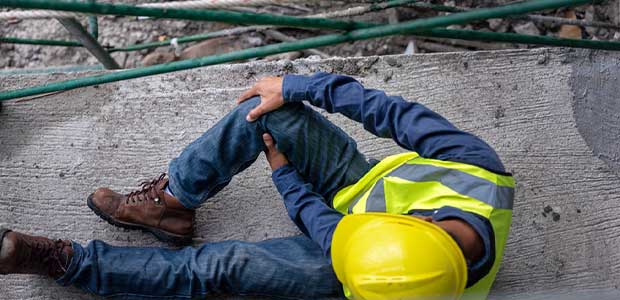
Workplace Accident Report Shows Statistics of Non-Fatal and Fatal Occupational Injuries
The report categorizes data from the Bureau of Labor Statistics.
- By Alex Saurman
- Aug 26, 2022
What state has the highest occupational injury rate? Are there certain industries with higher injury rates? Is there a certain day of the week when workers are injured more often?
Statistics like these on occupational injuries are beneficial for workers and employers. A new report from NiceRx uses data to answer questions like these, providing specific information.
The report, which uses data from the Bureau of Labor Statistics, sorts the information on non-fatal and fatal occupational injuries into seven categories: state, body part, sex, age, day of the week and month.
According to the report, Vermont (2,896.54), Maine (2,811.11) and Nevada (2,308.39) have the highest non-fatal occupational injury rate per 100,000 workers. The states with the top fatal occupational injury rate per 100,000 workers are Wyoming (13), Alaska (10.7) and South Dakota (7.8).
Over 1,000 workers are fatally injured in the construction industry, more than any other industry. The industry where the second most injuries occur is transportation and warehousing, at 874. The third industry is natural resources and mining, with 704 people injured.
According to the report, the day of the week when the most fatal injuries occur at work is Thursday, with 922. Wednesday is second, with 906 people fatally injured. Most fatal injuries occur in the month of August, 493 total, though nine other months have injury rates between 400 to 500 per month. July was second with 488 injuries and May third with 475 injuries.
To view the full report, visit NiceRx.com.
About the Author
Alex Saurman is a former Content Editor for Occupational Health & Safety,who has since joined OH&S’s client services team. She continues to work closely with OH&S’s editorial team and contributes to the magazine.